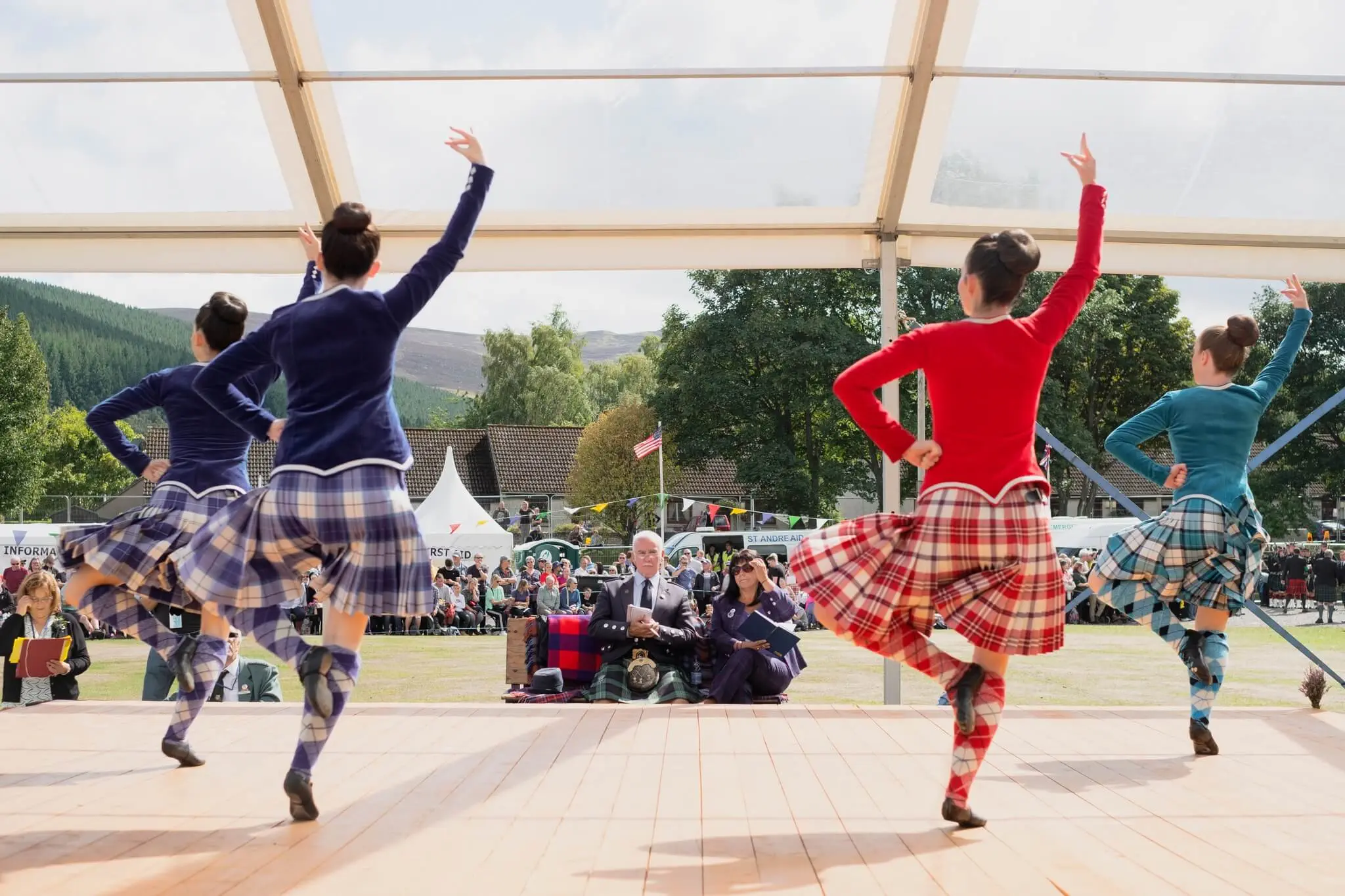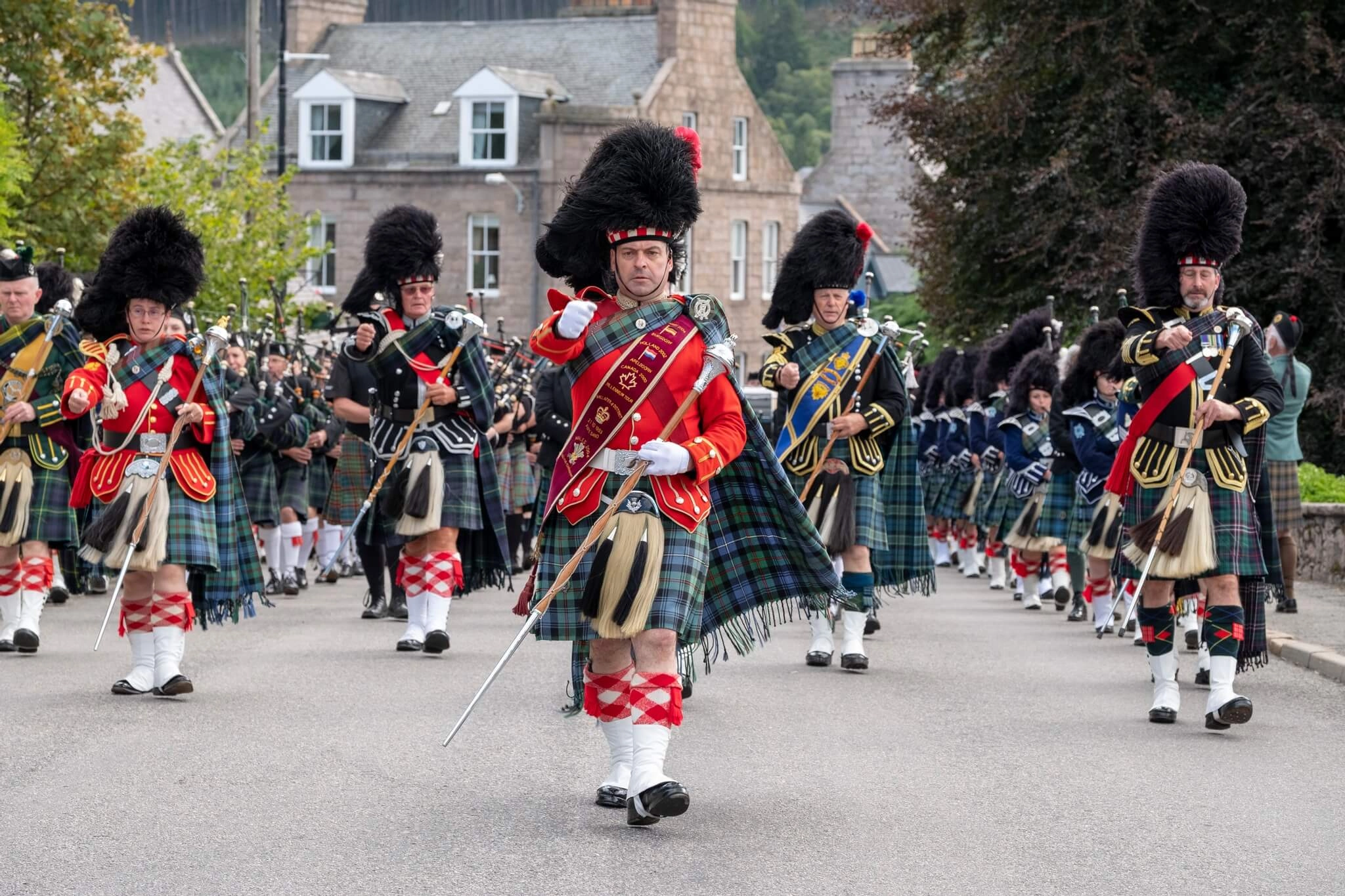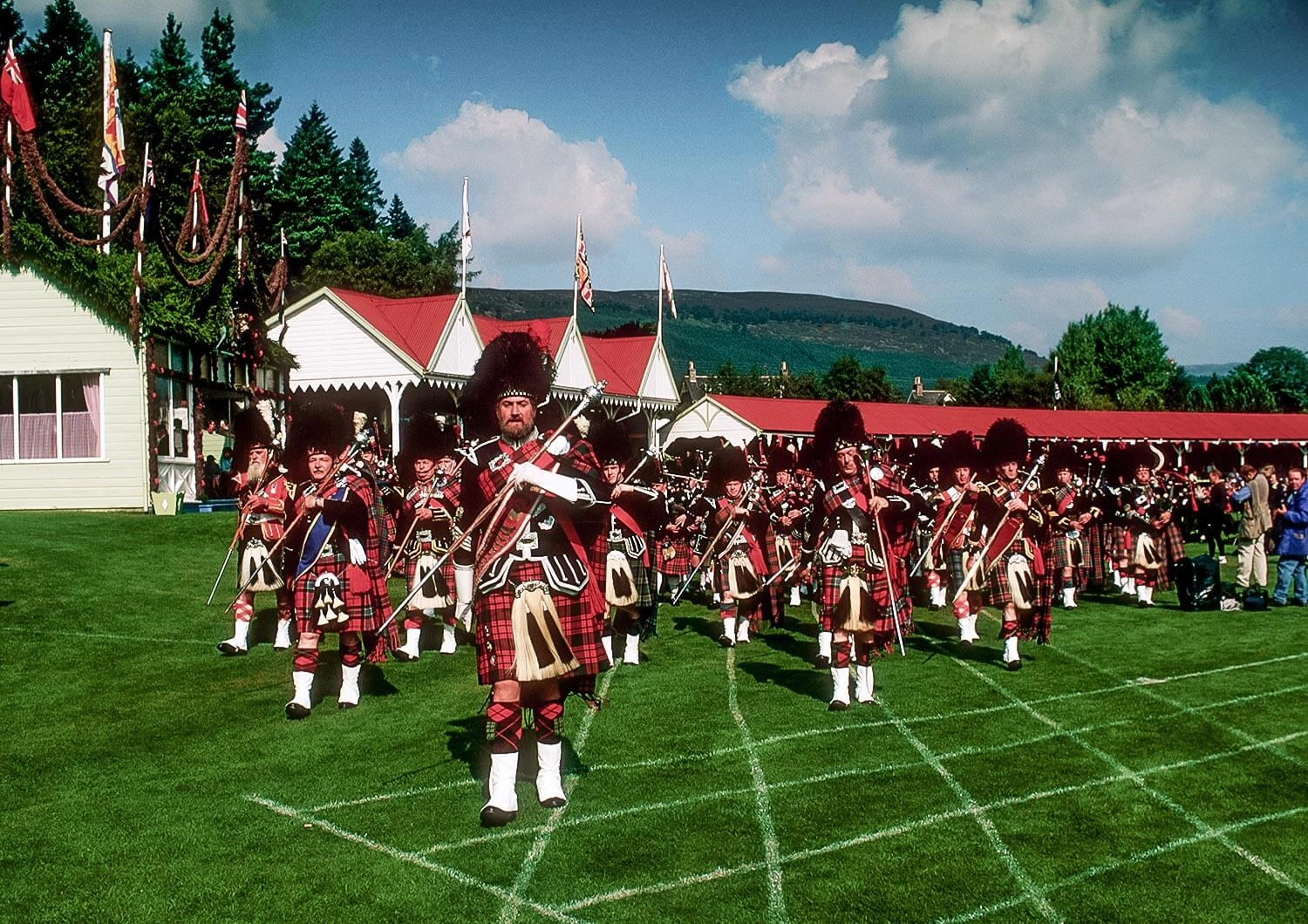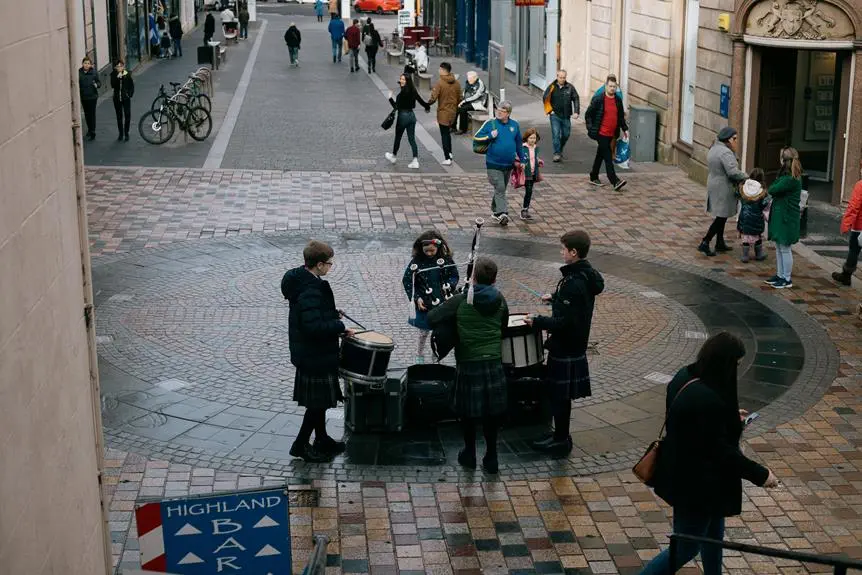Visualize yourself in the pulsating center of Scotland, encircled by athletes in traditional tartan, the atmosphere resonating with the melody of bagpipes. What you’re experiencing is the Highland Games, an ancient custom dating back to the 11th century. Originally intended to identify the strongest warriors for combat, these games have transformed into lively showcases of Scottish heritage and athletic skill. From tossing the caber to Highland dancing, the fusion of rivalry and tradition is captivating. A thought-provoking question to consider is: how have these games successfully preserved their cultural relevance while adjusting to the modern era?
Origins of the Highland Games
Examining the beginnings of the Highland Games reveals that they started as a contest of physical might designed to pick sturdy soldiers and fast messengers during King Malcolm III’s rule. This age-old custom, deeply ingrained in the military selection process, provides a window into Scotland’s brave past.
The earliest historical mention of these games is in the 11th-century, a period characterized by the bravery of Scottish fighters and the necessity for swift communication. The Ceres Games, renowned for being the longest running Highland Games, bear witness to this enduring custom, remaining intact despite the passage of time.
Remarkably, this custom continued even during the suppression that occurred after the Battle of Culloden in the 18th century. This tenacity reflects the spirit of liberty, mirroring the resolve of a nation not prepared to relinquish their cultural identity.
It’s important to note that the Highland Games represented more than just a show of strength and nimbleness. They essentially served as a vital instrument for recruiting fit men for military duty and other positions, symbolizing hope and continuity in challenging times.
Popular Highland Games Competitions

The Highland Games showcase a variety of competitions that test the strength and skill of the participants. Among these, the Caber Toss stands out as a challenging event. Participants must flip a caber, a 20-foot-long pole weighing approximately 150lb. The judging criteria for this event is not just based on strength, but also on the distance and accuracy of the toss, thus necessitating a mix of power and precision.
The Hammer Throw is another fascinating event where athletes display their strength and technique. The competition involves swinging and throwing a metal ball that can weigh up to 22lbs, after performing a 180-degree twist. It is an exciting spectacle of raw strength and control.
The Stone Put events, similar to shot put, and the varied Weight Contests, encompassing Weight Over The Bar and Sheaf Toss, are also part of the Highland Games. In the Stone Put event, participants throw an 18lb stone from behind a board.
The Tug o’ War event involves a best-of-three contest where teams of 15 compete to pull their opponents forward by 6 feet. This is a strategic game that requires both strength and team coordination.
These traditional competitions reflect the spirit, strength, and skill that the Highland Games are known for.
Cultural Significance of the Games

The Highland Games, a significant part of Scottish heritage for over 1000 years, are more than just a manifestation of athletic prowess and competition. These events are deeply ingrained in community engagement and the tradition of family gatherings, thus underscoring their importance in promoting Scottish identity and cultural pride. The Highland Games attract participants and spectators from around the world, showcasing a variety of traditional sports such as caber tossing, hammer throw, and tug of war. A highland games overview reveals not only the physical challenges faced by competitors but also the rich tapestry of music, dance, and crafts that accompany these festivities. This vibrant celebration fosters a sense of belonging and unity, reinforcing the enduring legacy of Scottish culture.
The Games extend beyond physical contests. They represent Scotland’s rich cultural heritage, with music and dance playing a central role. The sound of bagpipes fills the air, while traditional Scottish dance performances hold audiences spellbound.
The Royal Family’s continued support, particularly their presence at the Braemar Gathering, intensifies the Games’ cultural significance. Their royal participation not just adds an element of grandeur, but also solidifies the Games’ status as a crucial part of Scotland’s national identity.
The cultural impact of the Games, however, is not limited to Scotland. With more than 260 yearly events across the globe, they encourage worldwide cultural exchange and friendship. Thus, irrespective of location, the Games present an opportunity to experience and appreciate Scottish traditions, fostering a sense of freedom, unity, and shared cultural pride.
Evolution and Modern Adaptations

The Highland Games, rich in Scottish pride and cultural identity, have transformed over time. Originating from military contests in the 19th century, these games have become global events promoting cultural exchange. This athletic transformation has led to the growth of the Games, from military-based contests to a platform that supports Scottish heritage through more than 260 annual events worldwide.
The change in the Games is not only evident in the number of events but also in their influence. Notably, the Games inspired Baron Pierre de Coubertin when planning the Olympic Games. International competitions such as the Masters World Championships have also drawn top athletes, promoting a vibrant cultural exchange.
Here’s a snapshot of the Games’ transformation:
| Transformation Aspect | Impact |
|---|---|
| Cultural Influence | Inspired Olympic Games |
| International Reach | 260+ yearly events globally |
| Athletic Involvement | Draws top athletes from around the world |
| Economic Influence | Backs local economies and tourism |
Events like the Cowal Gathering and Grandfather Mountain draw large crowds, benefiting local economies and promoting Scottish tourism. These contemporary adaptations of the Highland Games emphasize their ongoing relevance and enduring charm. The freedom and celebration embodied in these Games resonate with people across the globe.
Highland Games Around the Globe

The Highland Games have gained popularity worldwide, from North America to Oceania, and even to South America and Asia, with more than 200 annual events. This expansion signifies the lasting charm of these games and their capacity to cultivate a community spirit and foster cultural dialogue.
- North America: The US and Canada hold the bulk of the Highland Games outside Scotland. The San Francisco Caledonian Club has been a pioneer since 1866.
- Oceania: The Highland Games have found a welcoming environment in New Zealand and Australia, with many events each year that honor Scottish traditions.
- South America and Asia: Brazil and Indonesia symbolize the reach of the Highland Games to more unexpected places, demonstrating the worldwide attraction of this event.
- Global Competitions: Contests such as the Masters World Championships draw athletes from around the world, extending the Highland Games’ international influence.
Whether you aim to compete or simply love to watch, you can immerse yourself in Scotland’s proud traditions, wherever you are in the world. The opportunity to engage in and enjoy these games reflects their universal allure and the collective appreciation for Scottish culture.

